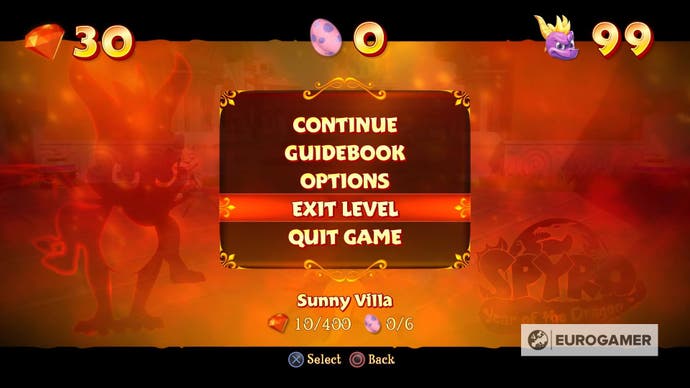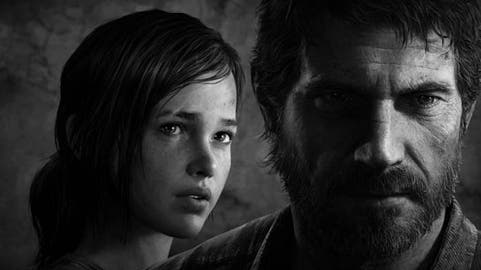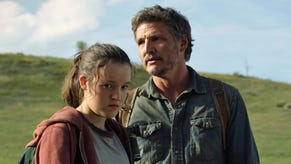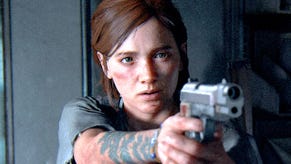Can I Play That? helped me see this industry more inclusively
"It feels like I'm helping make a difference."
Hello! We're very excited to bring you a piece from Ben Bayliss, the writer, disability advocate and editor-in-chief of Can I Play That? It's a fascinating look at Ben's journey through the industry and it's also a reminder that sites - very much including this one - can do more in terms of accessibility.
Accessibility is always something I've found myself advocating for wherever I go. As a Deaf person who wears hearing aids, I've always advocated for myself in life: from working around barriers during my live TV career, to sharing my experiences online, to educating strangers who ask questions and desire to prod my hearing aid. The shift to professionally advocating for accessibility to the extent I am now was mostly driven by joining Can I Play That?, a video game outlet that focuses specifically on accessibility in games.
Video games have always fascinated me, and I'd always enjoyed playing them, but I'd always found myself playing them in private because I struggled to understand them. I'd be unable to properly hear unsubtitled sequences, and most subtitles and HUD/text elements required sitting on the floor right in front of the TV. I also enjoyed reading video game-focused magazines that told stories and pushed thought-provoking features, and as someone that enjoyed writing, I fantasised about writing about games from a young age. But I let the struggles I faced with my deafness hold me back.
Years later, I shifted to creative roles that involved facing barriers head-on and improving my confidence. Things like working as a live TV camera operator and director. I'd grown more comfortable with my disability to some extent, but I was always overly aware of how most parts of my day were filled with trying to make my existence unintrusive to others. The years that followed were filled with dark clouds: liquidation, unemployment, abuse, and multiple losses, with only one light keeping me going through it all. I turned to writing about video games for fun, and this eventually became my new escape. By 2018 I had joined DualShockers. But there was something off about the topics I was writing about.
I was growing tired of the weekly grind of writing about the latest streamer controversy, the latest game to let you stroke a dog, and generally trying to find news on slow weeks. Don't get me wrong, I loved writing about games, I just felt as if all the topics I had been writing about were unfulfilling to both myself and the audience.
So I decided to start writing about accessibility, using my experience to be an authoritative voice. I started to cover this more, writing about things like the Spyro Reignited Trilogy not including subtitles and why the backlash Activision Blizzard received was important. It opened my eyes.
The reception was great and important conversations came from it. These pieces were also when I had started talking with the late Susan Banks, who co-founded Can I Play That? alongside their partner, Courtney Craven. As the years went on, I continued to mix accessibility coverage into my journalism at various sites. But I was still mostly focused on my own disability experience, nervous about branching out to advocate for other disabilities. I had researched and talked to others, but it wasn't enough.
In 2020, I reached out to Courtney to offer a freelance piece to Can I Play That? and a conversation led to me joining the site as an editor. The website, founded in 2018, as One Odd Gamer Girl, started as a hobby site focusing on reviews from a deaf and hard-of-hearing perspective. Its success across the disabled community saw it branching out in 2018 to include more content. It became Can I Play That?. When I joined, it had recently seen popularity with its Gears 5 6/6 review score, but the site's biggest moment was just around the corner.

Can I Play That? had been sent a review code for Naughty Dog's The Last of Us Part 2, and we went hard on coverage. We had news, reviews, and an interview at the ready. Our hard work was paying off. The site's influence had started to grow despite being funded only by a few Patreons. (We also faced our usual toxicity from uneducated players either not understanding the concept of accessibility, or just being hateful in general.)
Fast forward to the present day, and we've been pushing out more news, reviews, and features in the ways you'd expect a usual video game outlet to. We've been included in some of the biggest game launches of 2020 and 2021, including being sent review units of the Xbox Series X and PS5, and we've even seen numerous features written about the site and the work we do. Above all, I feel that I've grown more as a person thanks to Can I Play That? helping me see this industry more inclusively - and diversely - than I had before.
Interviews and consultancy time with studios helped me understand better how development processes work internally. Conversations with other disabled players helped me learn of other barriers and experiences while also expanding my circles. Lots of intense research via articles, books, and conferences has helped me expand my existing knowledge. As my circles grew, I also started to see the true impact of not including disabled or BIPOC people in the media, and worked to start ensuring content is diverse.
The result is that I've felt so much satisfaction in the coverage I create at Can I Play That? reporting on accessibility. My continued growth helps me cater content to a wider range of players, and it feels like I'm helping make a difference, informing players of information they may need to know, and helping to educate not only players, but the considerable developer audience we have. I feel like I'm finally achieving my goal to inform, educate, and entertain.
As accessibility conversations grow stronger across the journalism scene and more studios implement best practises in their games, ensuring coverage is done properly is critical. I only hope that those that seek to journey into supporting accessibility do so by researching accessibility and disabilities, and speaking to, hiring, and contracting disabled players to share their experience with barriers. Additionally, ensuring your own content, be that articles, videos, social media posts are accessible, all help toward personal growth and being more inclusive. Accessibility isn't something to stand on the sidelines and cheer for in support, it's something you need to actively work on.


















